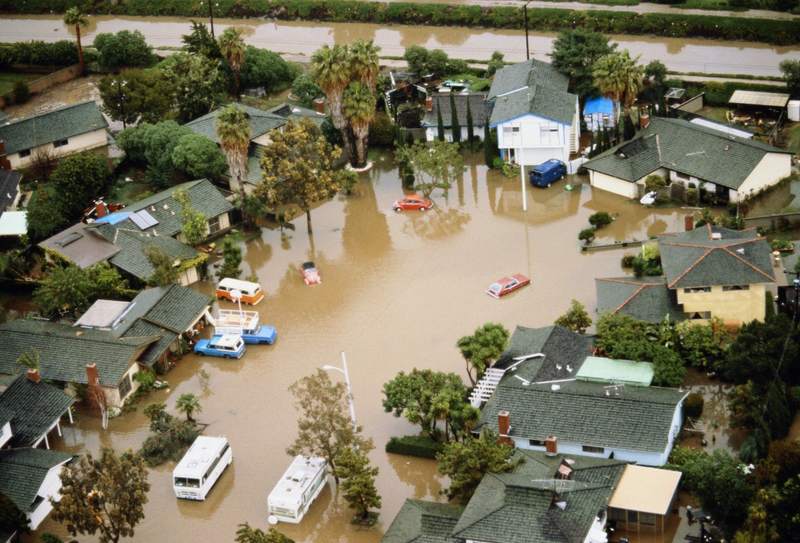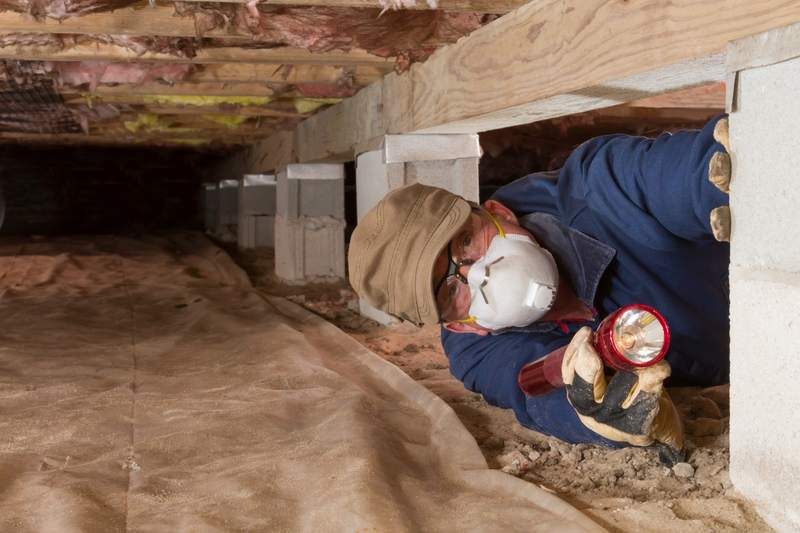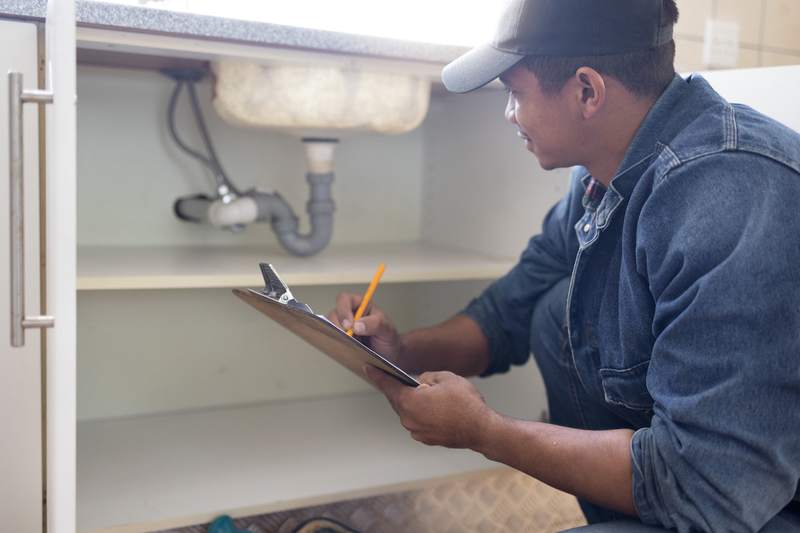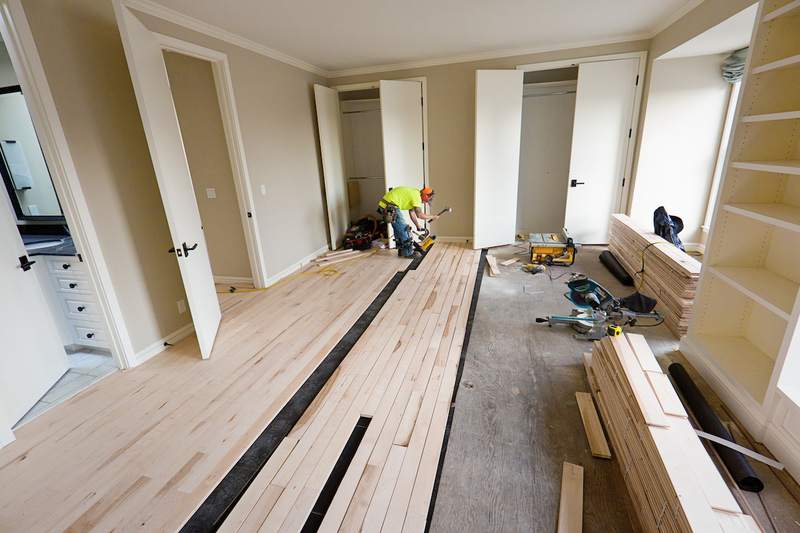
Flood insurance is coverage that protects you against losses caused by flood damage. While a homeowners insurance policy covers you against most disasters, it excludes damage or destruction caused by floods and earthquakes. This means you need to purchase separate flood insurance if you want to be covered in the event of a flood.
According to the Federal Emergency Management Agency, flooding is the most common and most expensive natural disaster. Just 1 foot of water in a 2,500-square-foot home can cause more than $29,000 of damage. If you don’t want to pay that out of pocket and you live in an area prone to flooding, you should consider buying flood insurance.
Here’s a closer look at how flood insurance works.
What Does Flood Insurance Cover?
Flood insurance covers losses caused by flooding. The National Flood Insurance Program, which is managed by FEMA, defines a flood as an excess of water on land that’s normally dry, affecting more than two properties or 2 acres of land.
There are two types of flood insurance coverage available to protect your home and possessions: building coverage and contents coverage.
Building coverage protects your:
- Electrical system.
- Plumbing system.
- Carpeting.
- Foundation walls.
- Anchorage systems.
- Water heater.
- Furnace.
- Fuel tanks.
- Built-in appliances.
- Refrigerator.
- Cabinets.
- Paneling.
- Staircases.
- Window blinds.
- Detached garage.
- Solar panels.
Contents coverage protects your:
- Personal belongings like clothing.
- Furniture.
- Electronics.
- Washer and dryer.
- Microwave oven.
- Carpets not covered by building coverage.
- Curtains.
- Valuable items like artwork — up to $2,500.
NFIP lets you choose how much coverage you want. The maximum amount of coverage you can get on a residential home for a family of four is $250,000 in building coverage and $100,000 in contents coverage.
What Does Flood Insurance Not Cover?
If there’s water damage to your home that wasn’t caused by a flood, flood insurance won’t cover it. For example, if a sewer backed up, but it wasn’t due to a flood, then the damage won’t be covered.
Items that aren’t covered by flood insurance include:
- Property outside of the insured building, such as landscaping, decks, patios, fences, seawalls, swimming pools, hot tubs, and septic tanks.
- Additional living expenses if you’re displaced while repairs are being done.
- Cars and other vehicles.
- Property kept in the basement.
- Mold and mildew damage.
- Financial losses due to business interruption.
- Currency, stock certificates, and metals.
- Damage from earthquakes. (This is covered by earthquake insurance.)
How Much Does Flood Insurance Cost?
According to 2023 NFIP data, the average annual flood insurance premium cost is $939.
Your flood insurance premium will be affected by several factors, including:
- Flood risk.
- Whether you want building coverage, contents coverage, or both.
- Amount of coverage.
- Deductible.
- Location.
- Home design.
- Age of your home.
- Where the insured contents are stored in the home.
Here’s the average yearly cost of flood insurance by state as of Sept. 30, 2022:
Cost of Flood Insurance by State
| State | Average Yearly Cost of Flood Insurance |
| Alabama | $927 |
| Alaska | $454 |
| Arizona | $825 |
| Arkansas | $849 |
| California | $901 |
| Colorado | $860 |
| Connecticut | $1,590 |
| Delaware | $874 |
| Florida | $958 |
| Georgia | $791 |
| Hawaii | $1,437 |
| Idaho | $862 |
| Illinois | $1,039 |
| Indiana | $917 |
| Iowa | $867 |
| Kansas | $870 |
| Kentucky | $1,060 |
| Louisiana | $813 |
| Maine | $953 |
| Maryland | $608 |
| Massachusetts | $1,269 |
| Michigan | $811 |
| Minnesota | $943 |
| Mississippi | $858 |
| Missouri | $978 |
| Montana | $899 |
| Nebraska | $824 |
| Nevada | $715 |
| New Hampshire | $1,216 |
| New Jersey | $1,081 |
| New Mexico | $891 |
| New York | $1,184 |
| North Carolina | $791 |
| North Dakota | $798 |
| Ohio | $883 |
| Oklahoma | $876 |
| Oregon | $936 |
| Pennsylvania | $1,075 |
| Rhode Island | $1,062 |
| South Carolina | $798 |
| South Dakota | $937 |
| Tennessee | $887 |
| Texas | $776 |
| Utah | $645 |
| Vermont | $1,197 |
| Virginia | $743 |
| Washington | $918 |
| West Virginia | $1,133 |
| Wisconsin | $878 |
| Wyoming | $907 |
How Do I Get Flood Insurance?
NFIP provides the most flood insurance policies to homeowners and renters. NFIP’s program serves nearly 23,000 communities, and it has this handy tool that lets you find out if your community participates. If it does, you can use NFIP’s flood insurance provider locator to find an insurer.
Keep in mind that you may need to wait 30 days for your policy to take effect once it’s been purchased. However, if your home is located in a high-risk area and your mortgage is from a federally regulated lender, your policy is legally required to be effective immediately.
FAQ
Here are the answers to some frequently asked questions about flood insurance.











